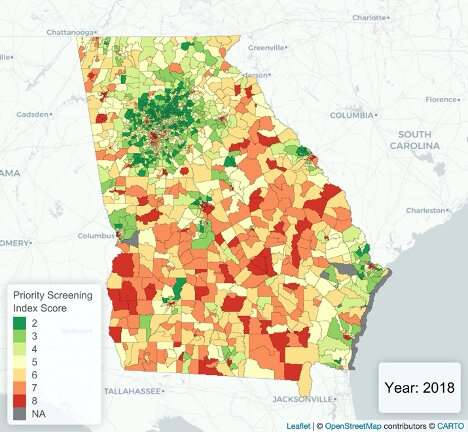

To look at the ways through which these moments are fully realized and linked to larger structures and processes, this dissertation has been written into three major parts, which are outlined by historical period. Finally, naturalization focuses on the ways through which newly constructed material and conceptual landscapes and the peoples that inhabited them were legitimated and naturalized into new power relations. Engineering looks at the material and conceptual ways through which the European imagination was realized into material structures that networked into larger relations and spatial-temporal scales. This conceptualization is not only shaped by aesthetical notions of what was beautiful but also on newly forming scientific theories focused on geography, geology, zoology, botany, anthropology, and biology. Conceptualization looks at how the historical worldview of European agents perceived, valued, represented, organized, and conflicted with both geographies and their people. Dispossession focuses on the various ways through which European agencies not only exterminated indigenous peoples but with them, socio-ecological relationships and worldviews. These moments can be described as dispossession, conceptualization, engineering, and legitimation. To provide this historical account, this project focuses on four distinct, yet interrelated and simultaneous moments through the more extensive history of the lower Colorado River Borderlands. Instead of seeing the landscape as something produced by a larger world-economy, this study posits the landscape as a historical construct that is not only shaped by larger structures but also shaping of them. By focusing on landscape, however, this project also works in expanding the parameters of world-systems analysis, which has been criticized in the past as being too structural in its approach to historical phenomenon. In other words, world-systems analysis provides a historical framework in how landscapes have been produced, maintained, and transformed. On the other hand, world-systems analysis provides the conceptual tools for understanding both the structure and role of knowledge, in both its factual and aesthetic forms, in these undertakings. On the one hand, world-systems analysis provides us with the tools for understanding historical processes of capitalist expansion, as well as its incorporation and production of physical environments.


While landscape is a term used differently in the lexicon of numerous academic disciplines, it is used here within the context of political economy and historical sociology, particularly world-systems analysis. The focus of this project is to ask, what were the historical processes inherent not only in the production of these narratives but also in how they were legitimated and maintained? How were these narratives used as justifications for the appropriation and dispossession of specific groups? How did such narratives translate themselves into the construction of built environments and the power relations inherent within them? And finally, how were these constructed landscapes and their narratives both formed and formative of larger structural processes? To answer these questions, this project focuses on the concept of landscape. During this period, colonizing Euro-American agents posited the region through numerous landscaped narratives that included, but were not limited to, indigenous frontier, desert, and farmland. It does this through looking at the historical development of the lower Colorado River borderlands from the mid-sixteenth century to the early twentieth century. This project focuses on the intersections of nature, discourse, and capitalist modernity in the production of landscapes.


 0 kommentar(er)
0 kommentar(er)
